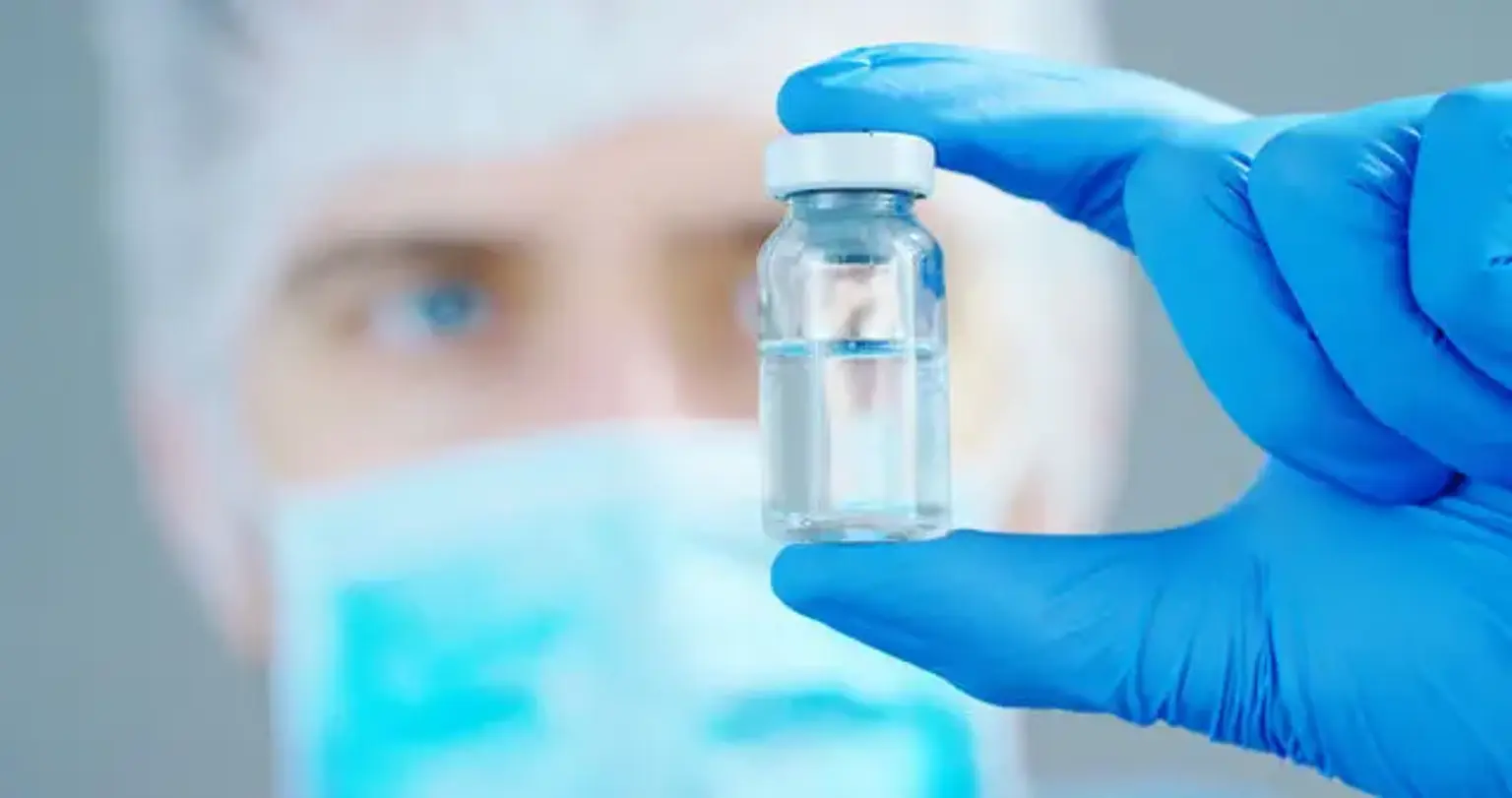Intravenous anesthesia
Overview
Anesthesia refers to the use of drugs to alleviate pain during surgery and other treatments. These medications are known as anesthetics. They can be administered by injection, inhalation, topical lotion, spray, ocular drops, or a skin patch. They lead you to lose feeling or consciousness.
Intravenous anesthesia is made up of an induction drug, an opioid, and a neuromuscular relaxant. For anesthesia maintenance, anesthesiologists frequently favor intravenous induction with a mix of inhalational and intravenous drugs. Intravenous induction has various advantages, including the fact that it is quick, reduces patient pain, and is favored by children and most adults.
